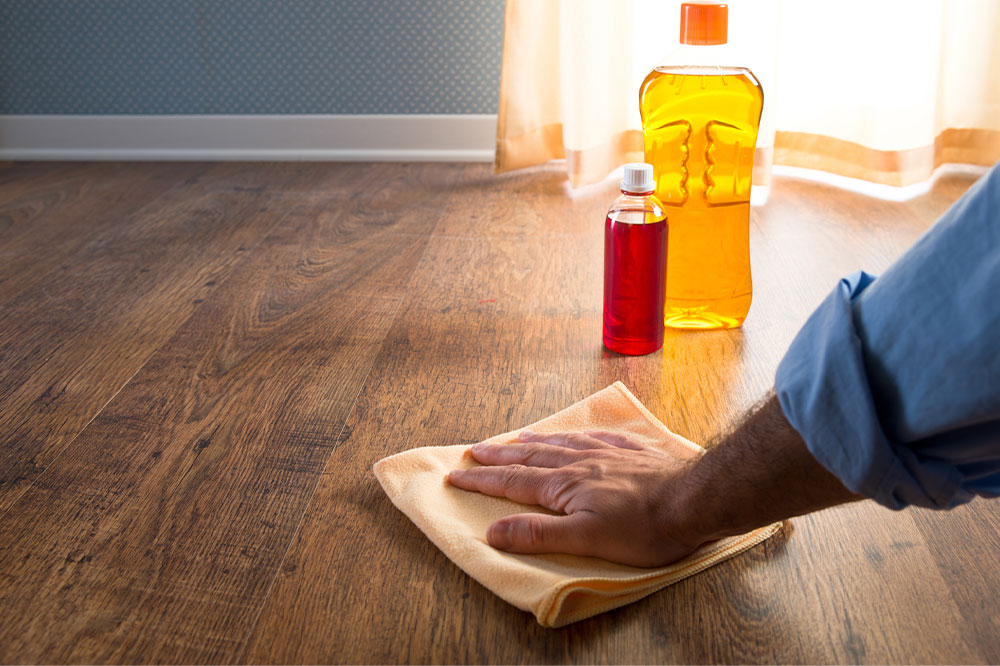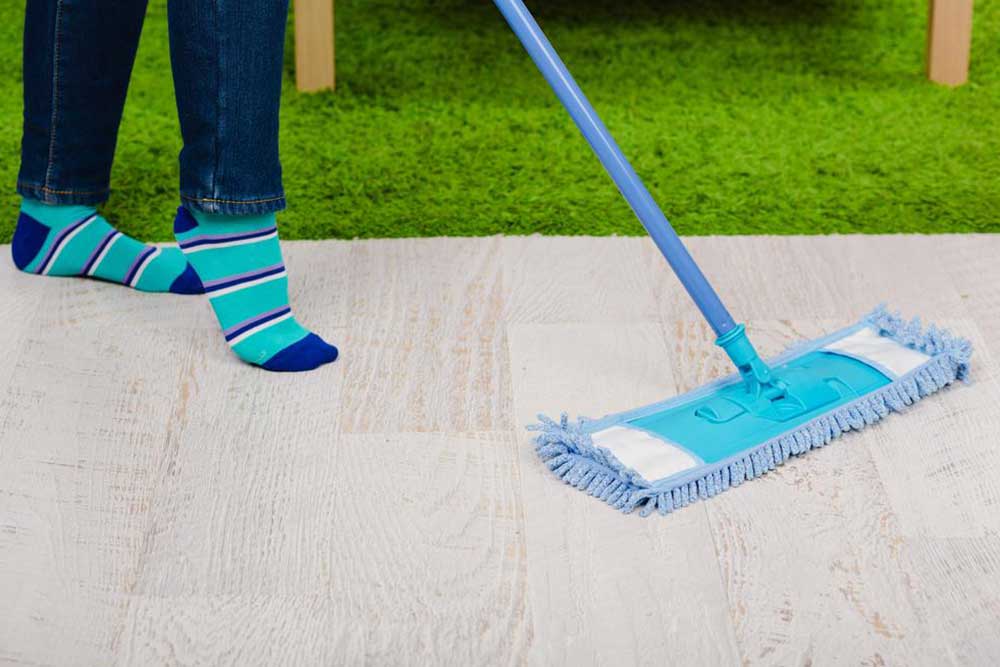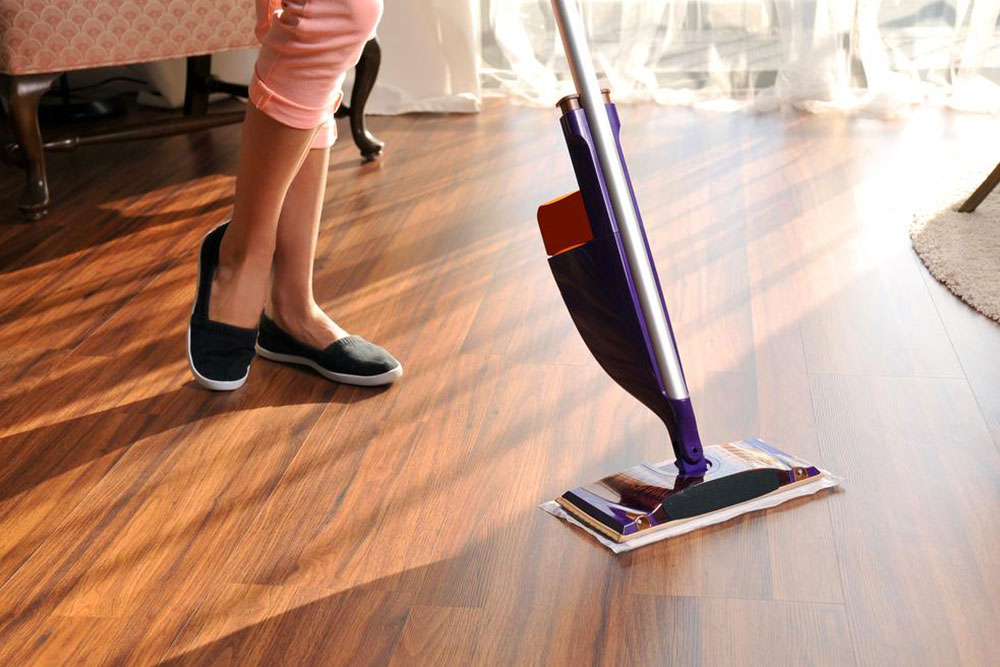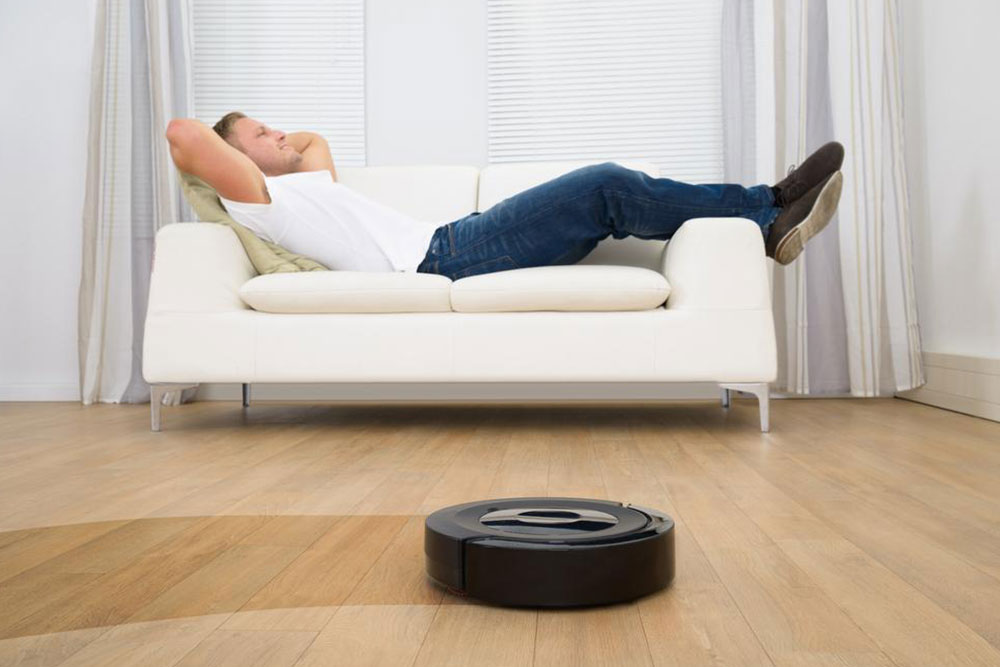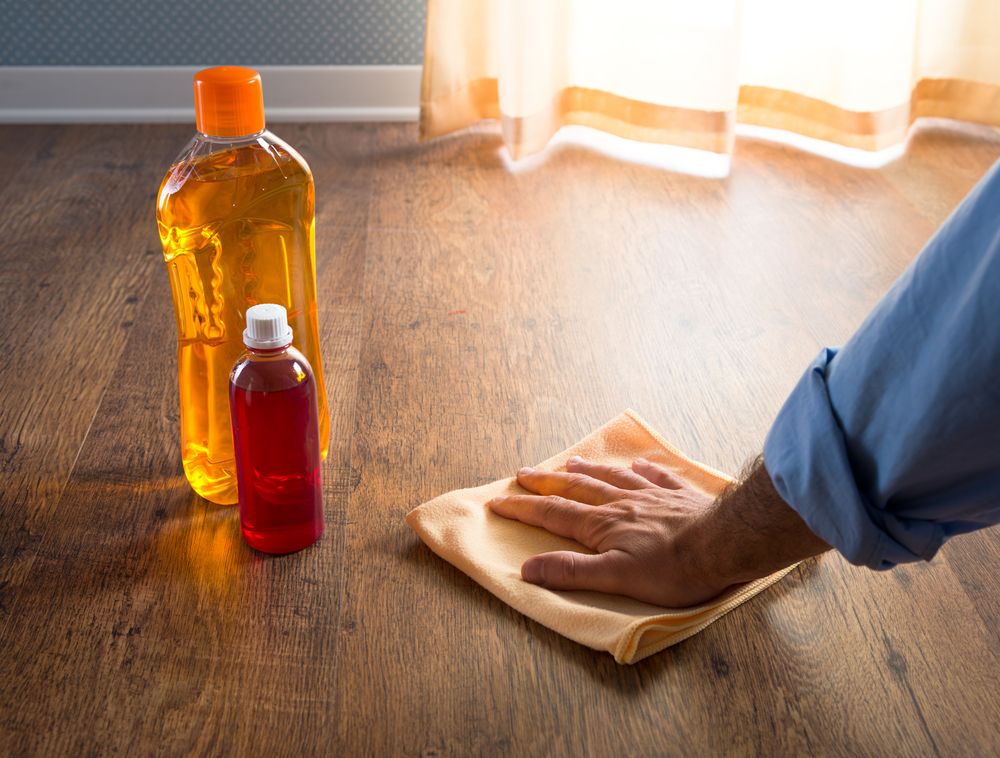Comprehensive Guide to Maintaining and Protecting Your Wooden Flooring
Proper maintenance of wooden flooring is crucial for preserving its beauty and extending its lifespan. This comprehensive guide covers daily cleaning, weekly care, polishing, and deep cleaning techniques, offering practical tips for homeowners and property managers. Regular upkeep prevents scratches, moisture damage, and wear, ensuring your floors remain stunning for years. From using the right tools to protecting against furniture scratches, this article provides essential advice to maintain hardwood floors effectively and affordable. Keep your wooden floors looking pristine with these expert tips.
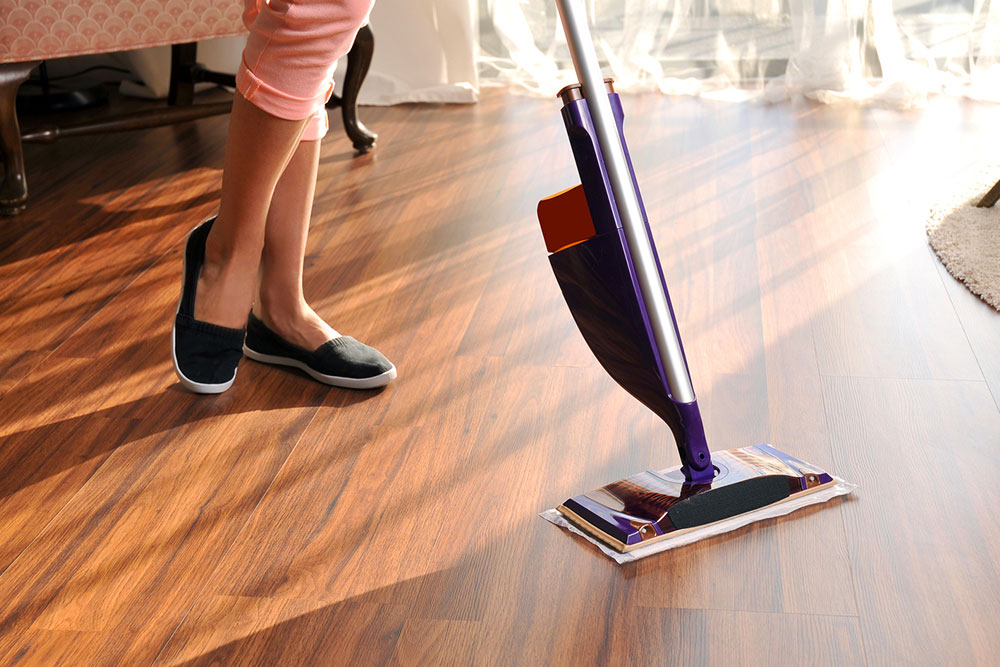
Comprehensive Guide to Maintaining and Protecting Your Wooden Flooring
Wooden flooring adds a timeless elegance and natural warmth to any living or working space, making it a popular choice for homeowners and businesses alike. However, despite its aesthetic appeal, wooden floors require regular and proper maintenance to preserve their beauty, longevity, and structural integrity. Without adequate care, wooden surfaces can rapidly deteriorate due to scratches, moisture damage, and wear over time. This comprehensive guide aims to provide detailed, actionable tips, covering every aspect of wooden floor upkeep—from daily cleaning routines to periodic deep cleaning and refinishing techniques—helping you extend the lifespan of your investment and keep your floors looking their best for years to come.
Maintaining wooden flooring may seem daunting initially, but with a structured approach, it becomes an easily integrated part of your routine. The key is consistency and knowing the right methods and products to use. In this article, we will explore multiple maintenance tips, including daily cleaning habits, weekly care, and periodic deep-cleansing procedures. By implementing these practices, you can prevent common issues such as scratches, dents, and water damage, and ensure your floors remain as beautiful and durable as they were on installation day.
Why Proper Maintenance is Essential for Wooden Floors
Wooden floors are susceptible to various types of damage ranging from superficial scratches to significant warping caused by excess moisture. Unlike carpeted floors, wood surfaces reveal footprints, dirt, and scratches more prominently, demanding vigilant care. Proper maintenance not only preserves the aesthetic appeal but also prevents costly repairs and replacements down the line. Regular cleaning removes dirt and debris that act as abrasives, while proper sealing and polishing help safeguard the surface from moisture and daily wear and tear.
Daily Maintenance Practices
The foundation of effective wooden floor care is a consistent daily cleaning routine. This helps prevent the accumulation of dust, dirt, and allergens that can mar the surface and lead to scratches or dullness over time. The primary tools include microfiber cloths or mops, which are gentle yet effective at trapping particles that could otherwise cause harm to the wood.
Dusting and Light Cleaning: Use a microfiber cloth or a soft-microfiber mop to dust your floors daily. These materials generate static electricity, attracting and trapping dirt and dust efficiently, which is essential in reducing the risk of scratches. When dusting, avoid pressing too hard on the surface, as excessive pressure can damage the finish. If you prefer sweeping, use a soft-bristled broom and gentle sweeping motions to clear loose debris without scratching the surface. This is particularly important in high-traffic areas or rooms with pets and children.
Avoid Water and Harsh Cleaners: For daily maintenance, avoid using excess water or harsh chemical cleaners. Water is one of the leading causes of damage to wooden floors, leading to swelling, warping, or staining if it seeps into the wood. Instead, dampen the microfiber cloth lightly if needed, ensuring it is just slightly moist—never soaked. Also, stay away from abrasive or bleach-based cleaning agents that can strip the finish or discolor the wood.
Weekly Care Routines
Once a week, a more thorough cleaning routine should be performed to remove dirt hidden beneath furniture, in corners, or lodged between planks. This prevents buildup that can scratch the surface or cause long-term damage. Weekly care involves vacuuming or lightly mopping with appropriate cleaning solutions designed specifically for wooden flooring.
Vacuuming: Use a vacuum cleaner without a beater bar setting. The rotating brush can scratch or gouge the wood surface if used improperly. Instead, maneuver the vacuum gently over the floor, paying specific attention to edges, corners, and underneath furniture. Opt for a vacuum with a soft brush attachment or a floor-nozzle designed for hardwood.
Mopping: When mopping, select a cleaning solution formulated for wooden floors. Dilute the cleaner as per manufacturer instructions and use a damp but not soaking mop. Excess moisture can seep into the seams and joints, causing swelling or damage over time. Following mopping, dry the surface with a clean, soft cloth or allow natural air drying to ensure no residual moisture remains.
Polishing and Deep Cleaning
To maintain the luster and protective layer of wooden flooring, periodic polishing and deep cleaning are necessary. These steps help restore the floor's surface, fill in minor scratches, and reinforce the protective coat, thereby extending the life of your flooring.
Polishing: Every few months, apply a high-quality wood polish suited for your specific finish. Polishing enhances the shine, replenishes natural oils, and adds an extra layer of protection against dirt and abrasion. Follow the manufacturer’s instructions carefully, and always test the polish on a small, inconspicuous area first to ensure compatibility.
Deep Cleaning and Refinishing: Over time, surface scratches, dullness, or wear may become visible, necessitating more intensive measures. Consider deep cleaning every two to three years, which might involve the use of professional cleaning products or services. Refinishing involves sanding down the surface to remove damaged layers and applying a fresh coat of finish or sealant. This process not only restores the floor’s appearance but also provides renewed protection against moisture and mechanical damage.
Additional Tips for Durable Wooden Floors
Place doormats at entry points to minimize dirt and grit being tracked in from outdoors.
Use furniture pads or gliders under heavy furniture to prevent scratches when moving pieces around.
Maintain indoor humidity levels around 35-55% to prevent wood from expanding or contracting excessively.
Address spills immediately by blotting with a dry cloth, avoiding rubbing which can embed moisture or cause scratches.
Avoid walking on floors with high heels or cleats, which can cause indentations and damage.
Conclusion
Wooden flooring, while elegant and timeless, demands diligent care and maintenance to preserve its beauty and durability. Establishing a consistent routine—including daily dusting, weekly cleaning, and periodic polishing—significantly extends the lifespan of your floors. Remember to use suitable tools and cleaning products, address spills promptly, and protect the surface from scratches and moisture. With proper upkeep, your wooden floors can remain a stunning centerpiece of your home or office environment for decades. By following these detailed tips and maintaining a proactive approach, you turn routine maintenance into a simple yet effective process that keeps your hardwood floors looking pristine and feeling comfortable underfoot.
